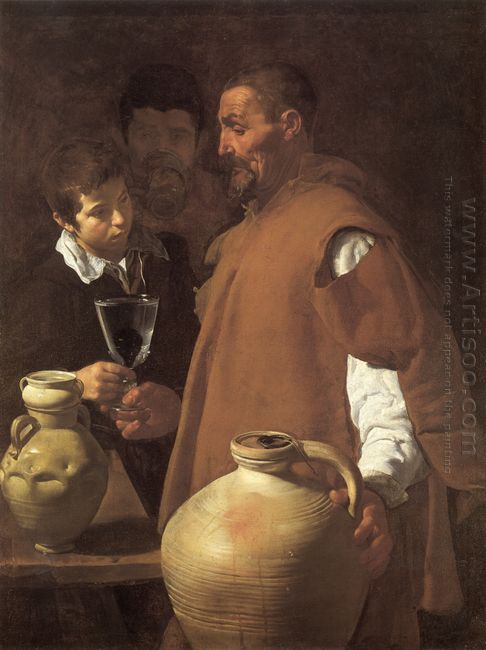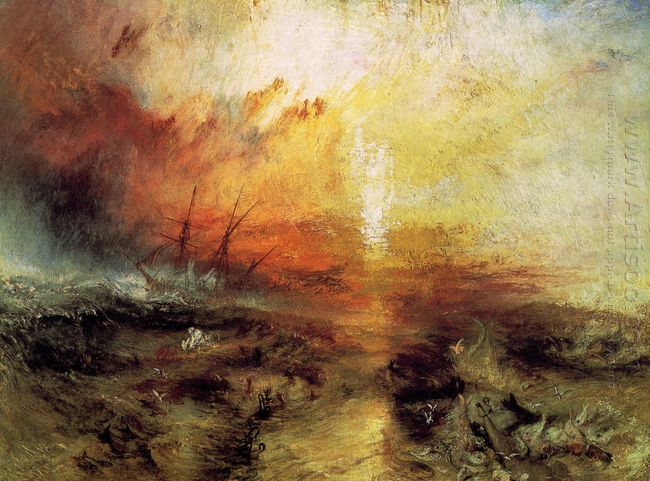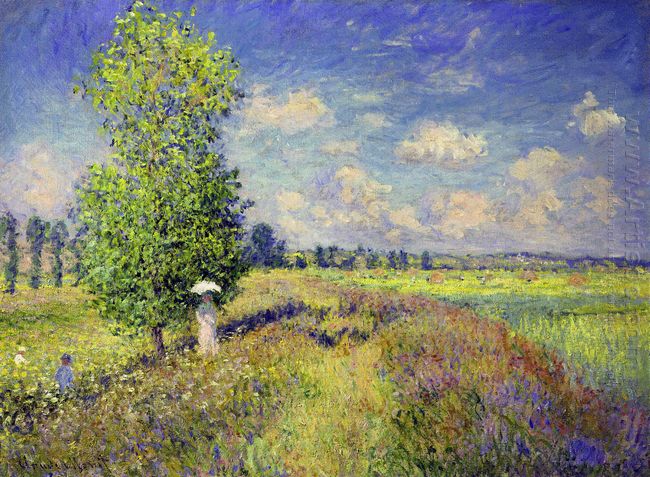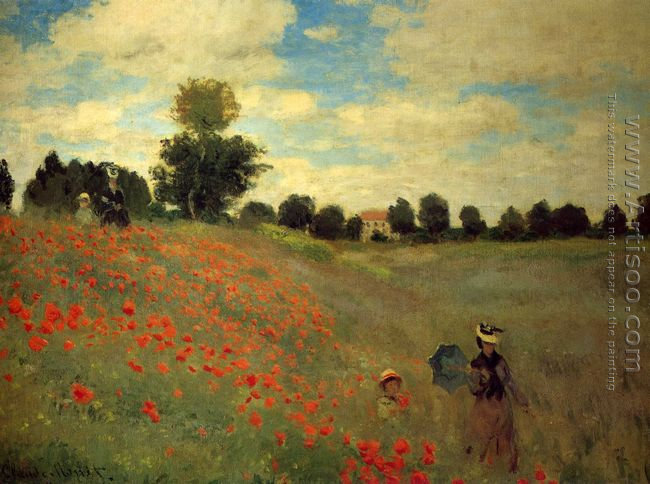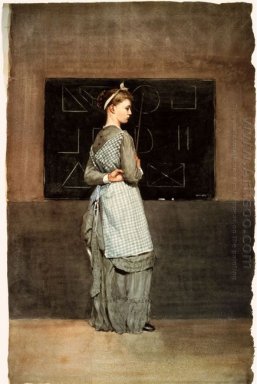The Waterseller of Seville 1623 is Velázquez's early works, it intended to show the life scene of common people. The painting technique was from Caravaggio's naturalistic style and lighting effects.
Water seller is common image in the southern regions of Spain, also its theme characters in 16-17 century novels which describing tramps. This painting is very close to the typical Spanish interior genre paintings, both of which are to perform bistro or kitchen indoor scene with prominent still life.
This picture is structured basing on a vertical axis, on the right side, there is the water seller wearing robe and a large crock in front view; on the left side , there is a little boy holding a cup, and his face turning from the dark side to the bright side. The contact between the two figures is the two hands touching on the cup, which adds dynamic and sense of depth to the picture. Velázquez particularly emphasize on the water seller's face through the lines, facial expressions, wrinkles and neck skin folds, to highlight all the features of this face. He spent a lot of time painting the glass carefully, hence the reflection of the glass and the boy's dark dressed forms a strong contrast.
Velázquez uses warm colors in the painting as usual: brown background, two ocher yellow jars, as well as the brick-red robe which to outline the water seller's sturdy body, all successfully highlight the theme of the painting.








